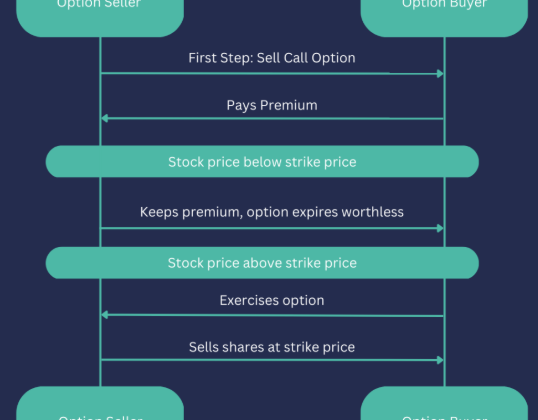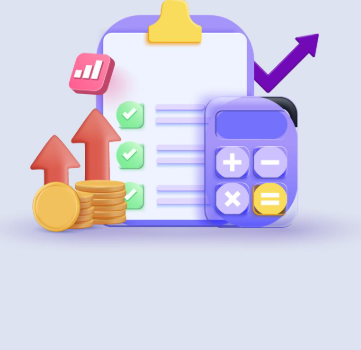
Life is full of unexpected events, and while we can’t predict the future, we can prepare for it. Recent global events, from the pandemic to economic instability, have shown just how crucial it is to have a solid financial plan. It’s easy to let the chaos of daily life and unforeseen challenges shake your finances, but being financially prepared means expecting the best while preparing for the worst. Here’s how you can safeguard your financial future.
Practice Financial Restraint and Plan Ahead
The pandemic has taught us how quickly our financial stability can be disrupted. The best way to avoid falling into financial trouble is by practicing restraint and avoiding unnecessary spending, even when times are good. As the world continues to recover from various crises, it’s essential to remain cautious about your spending and saving habits.
A good starting point is to build an emergency fund that can act as a financial safety net. Whether it’s a natural disaster, a medical emergency, or an economic downturn, having funds set aside for the unexpected will provide peace of mind. Start with small, consistent savings and work your way up. It’s not just about surviving financially; it’s about being able to thrive during difficult times.
The Importance of an Emergency Savings Fund
The pandemic highlighted the necessity of having emergency savings. Many Canadians found themselves facing job loss or reduced working hours without any warning. This unpredictability is why it’s crucial to create an emergency budget and start saving, even if it’s just a small amount each month.
Here’s how you can begin:
- Track Your Spending: Begin by monitoring where your money is going for a few weeks. This will give you a clearer picture of your habits.
- Build Your Budget: Once you’ve tracked your spending, you can create a more intentional budget. There are plenty of budgeting tools available to help you get started.
- Cut Back Where You Can: Identify areas where you can make small cuts—whether it’s reducing takeout meals or canceling unused subscriptions—and funnel those savings into your emergency fund.
- Save Windfalls: When you receive a bonus or an unexpected gift, don’t just treat it as “extra” spending money. Use that to boost your savings.
- Automate Your Savings: Set up automatic transfers to your emergency fund each month. This will make saving easier and ensure you stay consistent.
Smart Shopping Habits During Stressful Times
When things get tough, it’s tempting to go on a spending spree to cope with stress. However, emotional shopping can quickly derail your finances. Instead, focus on being smart with your purchases, especially during times of uncertainty.
Here’s how to shop wisely:
- Make a List: Always shop with a plan. A list ensures you buy only what you need and helps prevent unnecessary spending.
- Avoid Hoarding: Stockpiling doesn’t save you money; it often leads to overbuying and can create shortages for others.
- Be Aware of Emotional Spending: If you’re feeling anxious or stressed, try to resist the urge to shop. It’s okay to take a break and step away.
- Bring a Friend: If you’re tempted to overspend, take a friend with you. They can help you stick to your list and avoid impulse purchases.
Integrate Finances into Your Emergency Plan
It’s important that your finances are included in your emergency plan. Life events like losing your job or dealing with a major health crisis are hard enough without adding financial stress. Having a flexible budget that can be adjusted during tough times is a crucial part of your financial preparedness.
Here’s how you can ensure financial stability during a crisis:
- Start Saving for Emergencies: Aim to have at least three to six months of essential living expenses saved in a separate account.
- Avoid Postponing Your Emergency Fund: While paying off debt is important, not having savings can force you to rely on credit in an emergency, which could worsen your situation.
- Keep Up with Debt Payments: Staying on top of debt payments prevents you from falling behind when life throws a curveball.
- Review Your Insurance: Ensure all your insurance policies are up to date. Without the right coverage, you could face financial devastation if disaster strikes.
Conclusion
Being financially prepared isn’t about expecting the worst, but rather making sure that you have the resources to handle whatever life throws at you. By practicing restraint, building an emergency fund, shopping smartly, and including your finances in your emergency plan, you’ll be able to face the unexpected with confidence. Remember, preparation is key to financial stability, and even small steps today can make a big difference in the future.
















